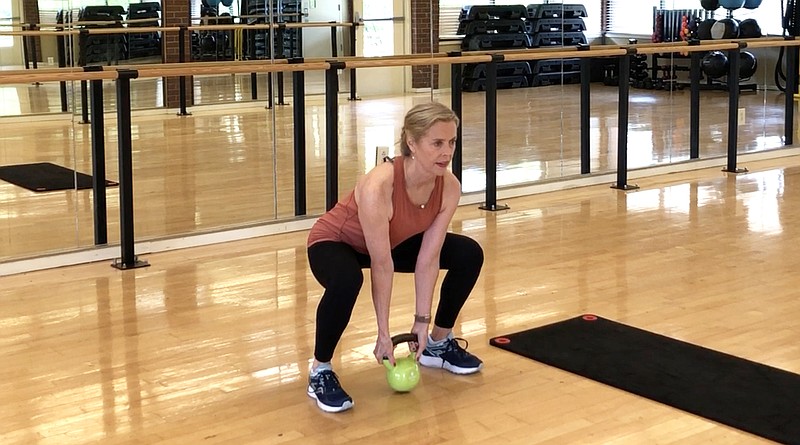Coordination is often underappreciated in fitness, as people tend to associate coordination with athletic endeavors such as basketball, golf, etc. The truth is that coordination is critical for functional training, free weight training and many other types of workouts.
This week, I will present a few tips for developing coordination using safe, effective methods. Plus, I will share a new exercise that can help develop coordination between the arms, legs, and core.
The psychology of exercise adherence is fascinating. Think of all the factors that contribute to whether someone is able to stick to a workout program. An individual's social network, for example, can have a massive impact. If friends and family are inactive or fail to appreciate healthful choices ... it decreases the likelihood of success.
The type of workout place also can invite or discourage a specific type of exerciser. A fitness center with dark paint, dark-colored equipment, lots of free weight stations and dim lighting might appeal to a hard-core weightlifter but will repel the average fitness enthusiast. Conversely, brightly colored environments with lighter colors and a small strength section are geared toward a different type of customer. So, it's important to think about the type of environment that motivates you most.
Also it's good to choose exercises that help you build confidence. Simple movements such as a squat, pushup or bicep curl are quick and easy to understand, but there can be advantages to introducing more complex movements.
Complexity often can be achieved by combining one or two simple exercises into a larger, multifaceted movement pattern. This type of modification can build coordination and balance and also make the workout significantly more efficient.
My take-home message is that every decision matters. The workout lighting, music, exercises, instructor, cleanliness and other factors all influence how well people stick with an exercise program. From my perspective, it makes sense to optimize as many of those factors as possible — establish a foundation for achievement.
This week's exercise helps one capitalize on the benefits of coordination. The Kettlebell Squat Curl is a great way to combine two exercises that might otherwise be split into two (or more) separate movements. Combining the two gives the exerciser more stimulation and a stronger sense of accomplishment — in half the time.
1. Grab a kettlebell with both hands (palms facing toward each other) and stand with your feet just beyond shoulder width apart. Your arms should be hanging straight down in front of you.
2. Squat down until the kettlebell almost touches the floor.
3. Stand back up, and as you reach the full standing position, perform a bicep curl with the kettlebell.
4. Allow the elbows to return to full extension, and perform a squat again.
5. Continue this pattern for two sets of 12 repetitions.
The Kettlebell Squat Curl feels natural, even to someone who rarely performs this type of complex movement. Curling the kettlebells upon reaching the fully upright position just makes sense, and your body will respond to it.
I find doing this type of exercise almost easier than separating the two movements.
There are many efficiencies to be learned from this cool move, so it's time to get to work!
Matt Parrott has a doctorate in education (sport studies) and a master's in kinesiology and is certified by the American College of Sports Medicine.
vballtop@aol.com
